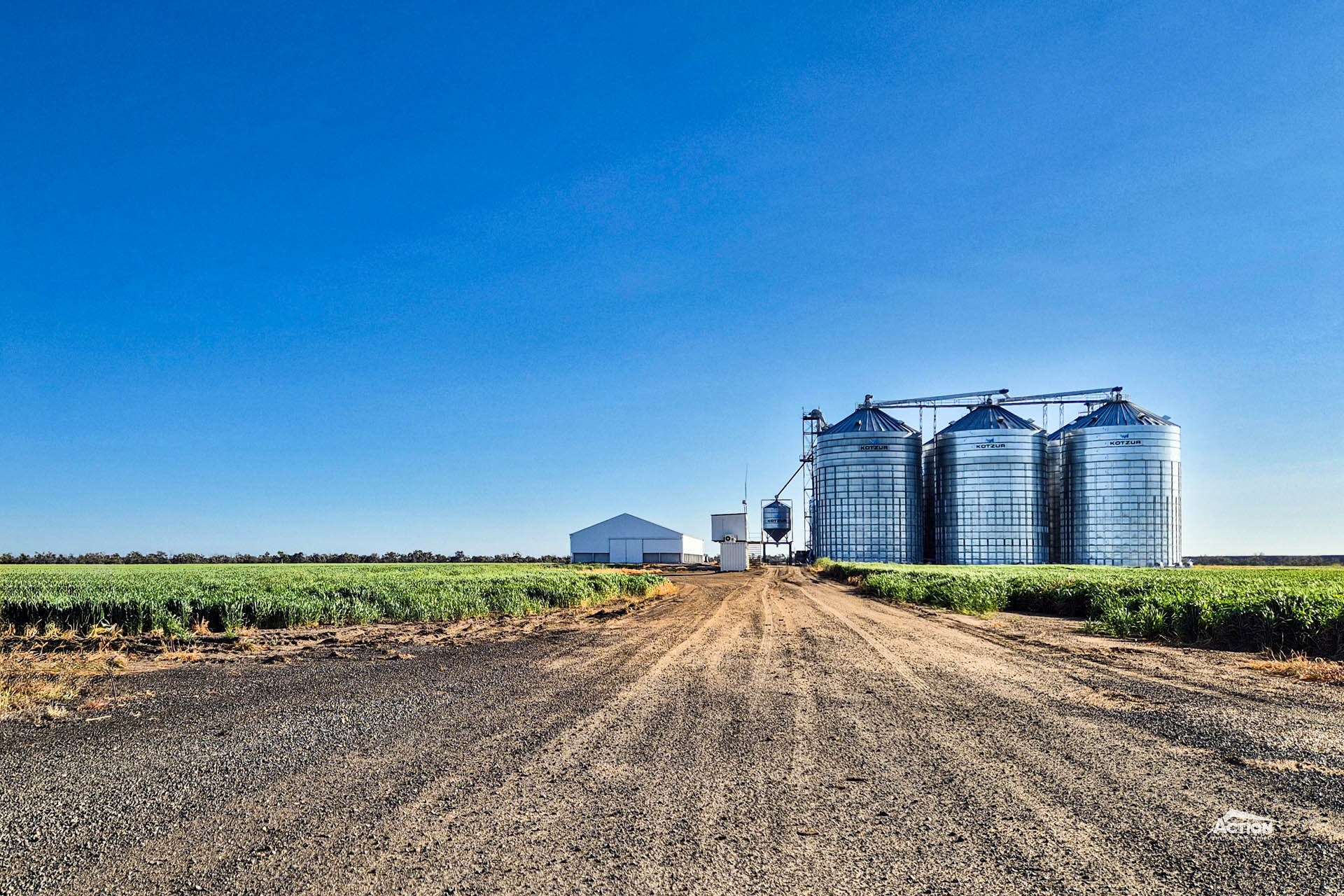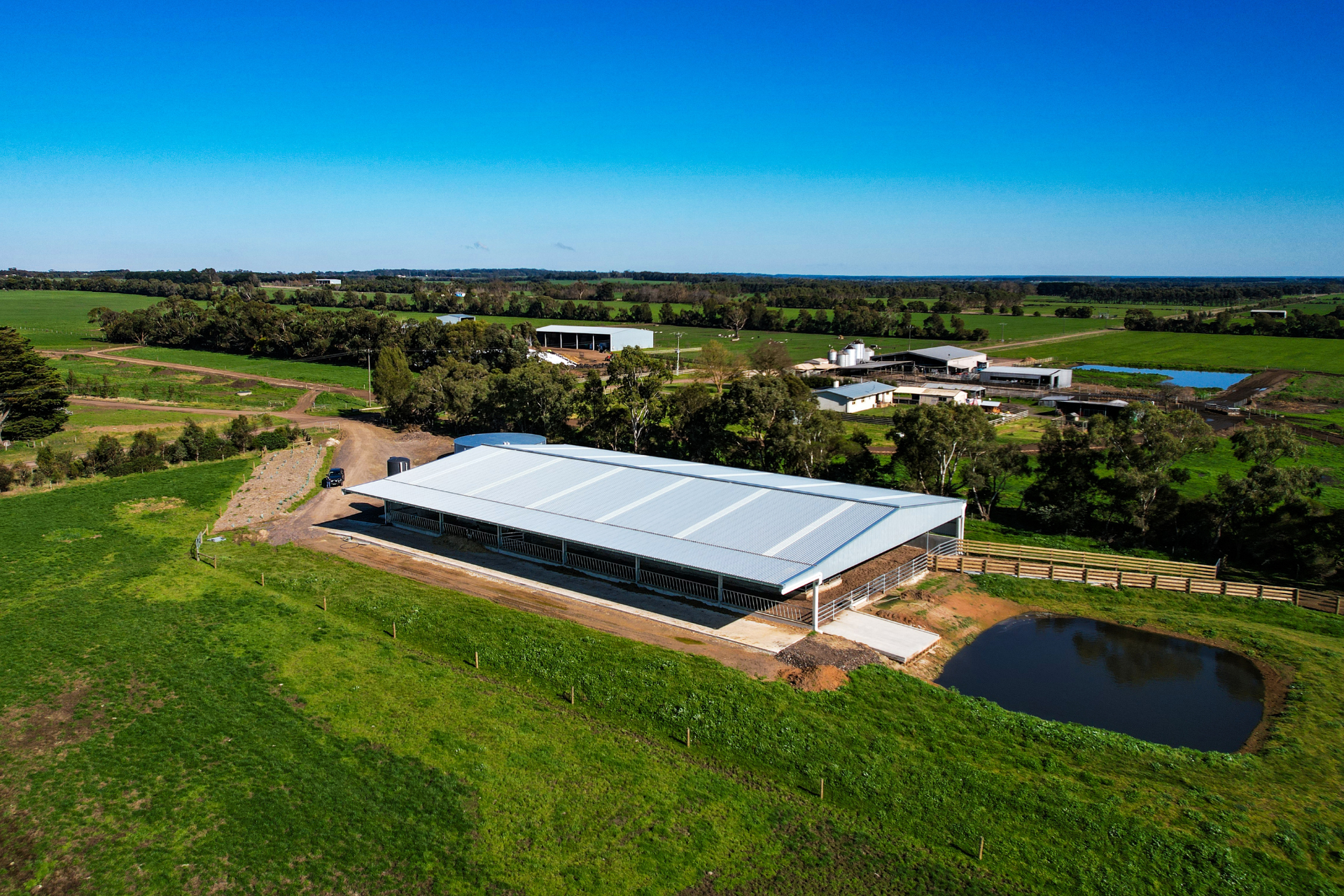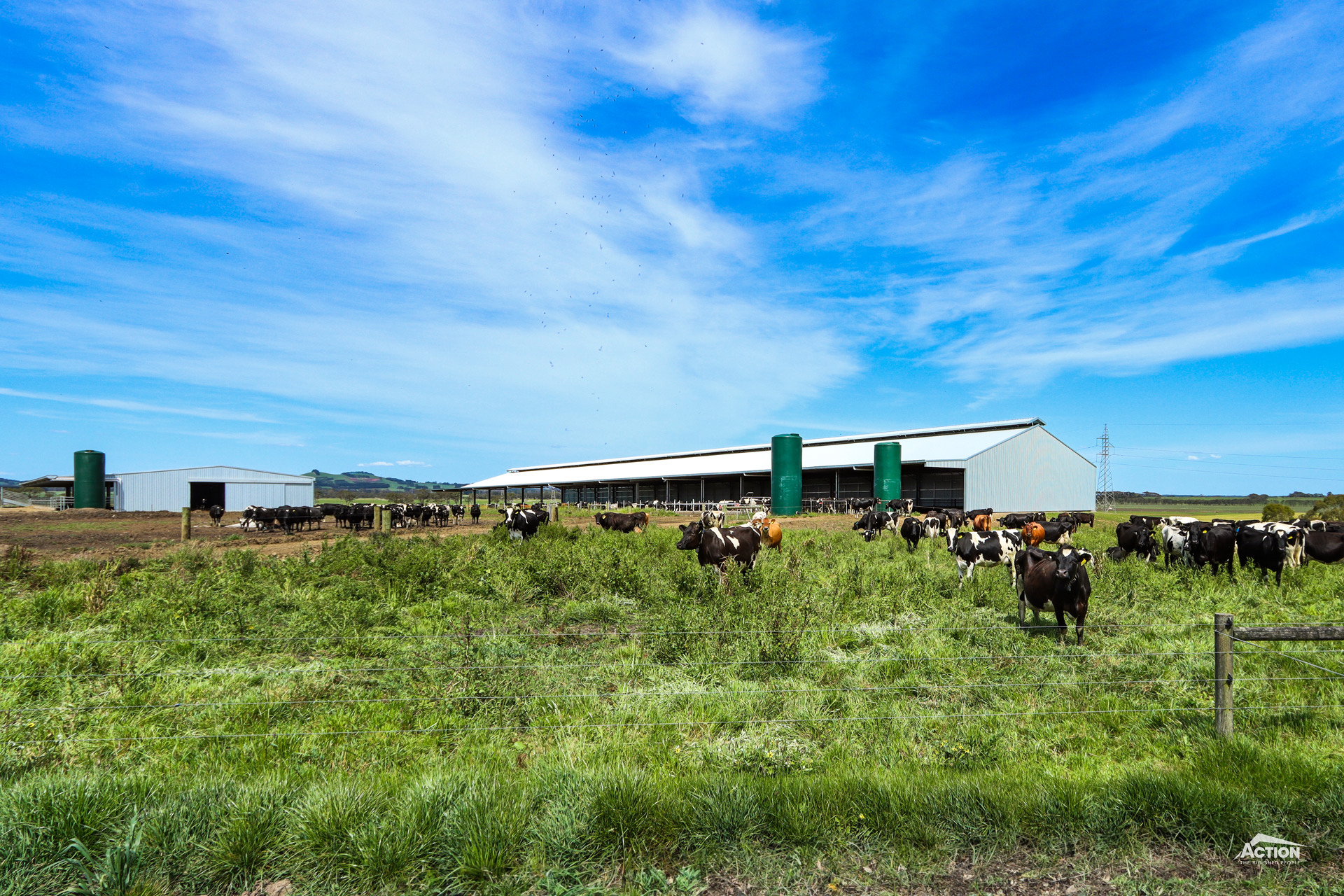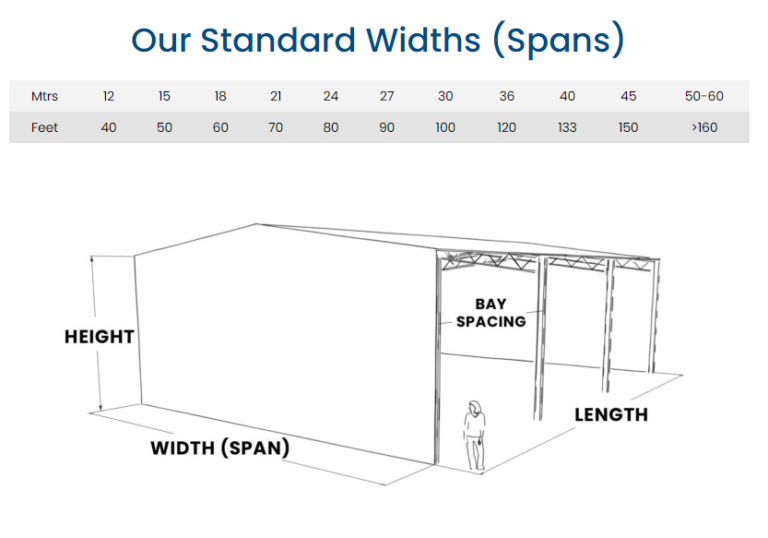If you are looking to increase your on-farm grain storage with a new grain shed, you might be wondering what size grain shed you need.
When it comes to grain sheds, size matters. A lack of storage space can increase stress and fatigue at harvest, damage sheds, reduce grain quality and result in lower grain prices – so it is important to get grain shed sizes right!
This article looks at storage requirements for different types of grains, common grain shed sizes and how to calculate what size shed you need to store your grain.
If you are asking; what size grain shed do I need? Or, what is the best grain shed size? Then keep reading and use the examples and explanations in this article as a grain shed size guide.
There are few points to consider before deciding on a grain shed size:
- How much grain do you need to store?
- What type of grain are you storing?
- Will you use the shed in the off-season for machinery or hay storage?
- Do you need extra space for sorting, segregating or treating grain?
- Do you need to accommodate truck access and tipping?
- Where will the grain shed be located? Will the site dictate shed size or configuration?
- What are your future grain storage plans?
Answering these questions will help determine the best size for your new grain shed.
How much grain do you need to store? What type of grain are you storing?
The amount of grain you need to store obviously directly impacts the size the shed needs to be, but perhaps most important is taking into consideration the type of grain you will be storing.

Different grains have different physical properties such as size, shape and bulk density which can affect the amount of grain that can be stored in a given space.
It is also worth noting that not all types of grains are suited to shed storage. For example, while grains like feed grade wheat, faba beans, canola and barley can be safely and effectively stored in grain sheds, high-value grains or grains that cannot have protectants applied are better suited to silo storage.
Read our article – What is the best way to store grain? – to work out what storage option will work best for your grain. Keep reading this article to learn about bulk density, angle of repose and popular grain shed sizes.
What is bulk density?
Bulk density is the total mass of the product divided by the total volume of the space it occupies.
This means it takes into account the air space between the particles so, generally, the more slender the grain, the lower the bulk density. For example, barley has a bulk density of 600 – 650kg/m³ whereas faba beans have a bulk density of 750 – 800 kg/m³.
What is angle of repose?
The angle of repose is “the steepest angle at which a sloping surface formed of loose material is stable.” The angle of repose is different for different grain types – for example, the angle of repose for barley is around 28° and the angle of repose for wheat is around 25° – and the actual angle will vary due to factors like the moisture content and quality of the grain.
What size grain shed do I need to store my grain?
As we have dicussed the best size for your grain shed will depend on the type of grain you are storing, and the how much you need to store.
Also, remember to consider factors like the off-season use of the shed, site logistics and future storage and infrastructure plans before committing to a grain shed size. For example, if you require semi access and space for turning around inside the shed, your shed will need to have at least a 30 metre span. If you have any questions about how these factors may influence the size of your grain shed, talk to one of building consultants.
Now that we have discussed some of the factors to consider when deciding on a grain shed size, lets look at our grain storage calculators and some suggested grain shed sizes.
Grain storage calculator
We’ve developed a grain storage calculator that allows you to easily enter the shed size you are considering, and the type of grain being stored, and the calculator will work out the rest!
To find out the bulk density of grain, volume of grain and the storage capacity of your planned shed, simply fill out the information in the calculator below.
Put in your shed size and grain type in the left side fields and the storage volume and total tonnage will be displayed on the right.

Popular grain shed sizes
Here are some popular grain shed sizes and price estimates to give you an indication of what size grain shed you will need, and approximately how much the project will cost. As you can see from the examples below, generally the larger the capacity, the more cost-effective per tonne.
Keep in mind that these are just suggestions and our building consultants can easily tailor your grain shed size and design to suit your specific storage requirements and needs.
Note: these price estimates are based on grain sheds that are fully-enclosed with sliding door access, concrete tilt panels to all sides and a concrete floor slab suitable for grain storage – the ideal grain storage shed.
- A 30m x 18m grain shed stores 1,500 tonnes and costs approx. $150 – $190 / tonne
- A 36m x 24m grain shed stores 3,000 tonnes and costs approx. $130 – $160 / tonne
- A 56m x 27m grain shed stores 6,000 tonnes and costs approx. $100 – $135 / tonne
- An 80m x 30m grain sheds stores 10,000 tonnes and costs approx. $85 – $115 / tonne
What wall height is best for grain sheds?
A concrete panel wall height of three metres is the optimal wall height for grain sheds. This takes into account the angle of repose of common grains.
What roof pitch and height is best for grain sheds?
We recommend a steeper roof pitch for grain sheds, around 18 – 25 degrees, to accommodate the internal angle of repose of the grain stack. It is also important to consider whether you will require clearance for truck tipping inside. If so, we can design the roof pitch and eave height to accommodate this.
We hope these size suggestions and advice – along with our storage calculator – give you an idea of what size grain shed will work for your storage requirements.
Useful Resources
You may also find the resources below useful for planning your grain storage shed project
How much does it cost to build a grain shed?
The average grain shed costs approx. $300,000 including the costs for the concrete slab. Please note, this is based on a wide range of grain shed sizes and designs that we build. Learn more about grain shed prices and how they can vary, here – or request an accurate, obligation-free quote.
Our grain shed guide brochure includes the latest grain shed projects and design ideas and can be downloaded for free, here.
What is the required slab thickness for a shed? And how much does a concrete shed floor cost?
In this video, Lester discusses required concrete slab thicknesses for sheds and how much they cost – you may find this useful for your grain shed project budgeting.
If you would like to include a concrete slab through your grain shed, this can also be coordinated and managed by the project team at Action – just mention this to our building consultants in the quoting stage and they can provide you with an accurate price.
Be sure to consider all the factors discussed in this article when choosing an appropriate grain shed size for your farm – and please don’t hesitate to give us a call on 1800 68 78 88 to discuss your grain storage requirements. Our building consultants are more than happy to provide design recommendations and can quote as many size options as you need.
We hope this grain shed size guide and the resources have helped you with your grain shed project planning! For more articles like this – or to find brochures and videos – browse our Learning Hub. Or for project inspiration, check out our latest projects photo gallery!







